Snipe Class in Italy: difference between United States and Italy
Snipe Class in Italy: difference between US and Italy. (Article written by Kathleen Tocke, originally published on snipe.it)
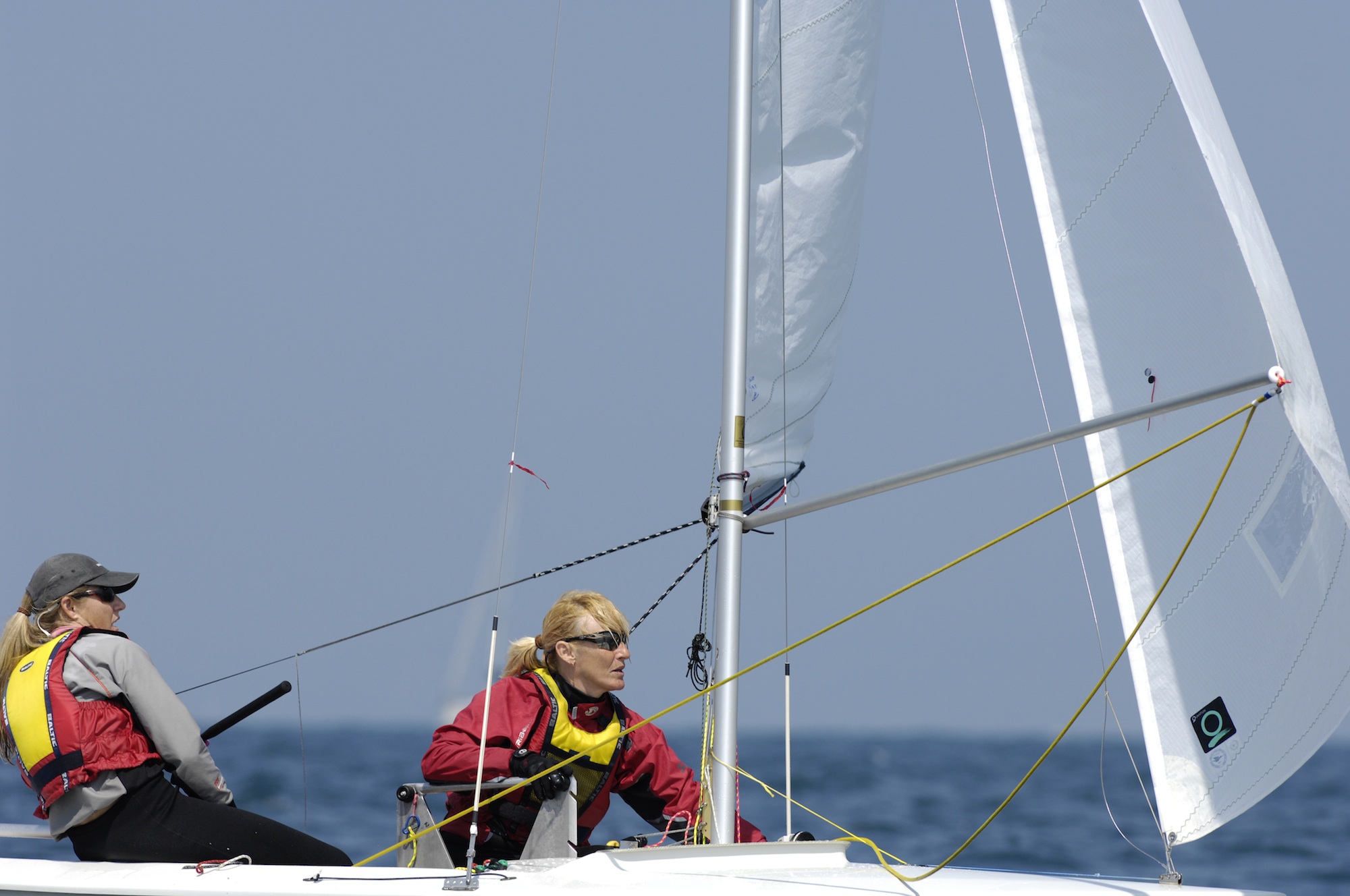

Snipe Class in Italy: difference between US and Italy.
(Article written by Kathleen Tocke, originally published on snipe.it)
- Both classes have a “Snipe family” feeling about them, good friends on and off the race course.
- The cost of regattas is less in Italy and you get more for your money.
- Example, a 2 day event in the US costs $60 -$90, and would typically include beer and snacks after racing and possibly a Barbeque type dinner – no hats, no t-shirts.
- Italy has more snipe fleets. In North America, there are only a few competitive fleets (Miami, St. Pete, Annapolis, & San Diego)
- Italy has more local regattas and more regattas in total number. Most of the US regattas are National and Regional Regattas (East Coast and West Coast).
- The Snipe class in North America & South America has more support from the National Federations since it is also a boat raced in the Pan American Games, which is a prestigious event.
- In South America, Olympic campaigns are too expensive, so the Federations support the Snipe class. The Snipe also provides cross-training for Olympic Class sailors while they are at home, since there are few olympic class events in S. America.
- In the US, he Snipe Team at the Pan American Games are also considered members of the National Team for that year (on the same level with the olympic class sailors).
- The top two sailors in the US Snipe class receive funding from US Sailing for the World Championship and the Western Hemispheres. The amount is not too much, around $2,500, but it helps to reduce the cost of the US Team coach at those events. Ernesto and Augie share the money with the entire US Snipe Team.
- The US has more younger crews and skippers than Italy. The US has many younger crews (high school and University age). Many of the sailors have parents who sail the Snipe. Gonzalo Crivello (formerly in Miami) is now the Sailing Coach at The University of Southern Florida. He is encouraging the sailors on his team to learn to sail and race the Snipe. This has brought “new blood” to the US Class.
- When younger sailors see their friends sailing the Snipe, they also want to join. The free beer also helps!
- The US has more female crews than Italy. I believe this is due in part to American men being bigger and needing smaller crews. However, we have very few women skippers at National events (if any) because we are all crewing. We had 14 boats at our US Women’s National Championship this year (2009). Half of the skippers came from other classes. It was a great way to introduce these women to the class. A fun event!
- Unlike Italy, the US has very little Snipe racing in cold weather, so in the winter, everyone travels to Florida if they want to race.
- The Americans travel very far to race Snipes and have large trailers that haul 4 -10 Snipes. One summer we had a large truck that drove 9 Snipes to 3 important events around the country (Jacksonville, FL to San Francisco to Boston, and back to Jacksonville). It is a 3 days drive from Miami to San Diego!!! It is a 26 hour drive from Boston to Miami!
- We do not have a ranking list.
- The US SCIRA Board determines that 3 or 4 regattas that qualify teams for the Worlds and WHOs.
- We know what teams are sailing in these events a year in advance. For example, I qualified for the August 2010 WHOs at the US Nationals in June of 2009. Knowing in advance helps teams plan, train, and raise money to sail in the regattas.
- Spots/Places for the Worlds and WHO teams are selected from the top placing boats at the US Nationals, the North American Championship, and usually one other regatta. Usually, each of these qualifying regattas is in a different geographic region.
- Each year, US Nationals and the North American Championship are always on a different side/part of the country (i.e. east coast and west coast or mid-west)
- The Pacific Coast Championship is usually a qualifying regatta.
- If a team places first or second in more than one qualifying regatta, the Worlds/WHO spot goes to the next highest placing non-qualified team.
US Nationals: Wells- Henzeirling Trophy .
- At the US Nationals, after two days of racing, boats are split up into Gold and Silver Fleets.
- The first two days of racing at the US Nationals are “qualifying days.”
- This series of qualifying races is for the Crosby Trophy.
- Usually there are enough races for a drop in the series.
- The final place in the qualifying series, counts as the “first race” in the next series (three days of racing in Gold and Silver Fleets).
- So if a team places 6th overall in the qualifying series, and then they finish 10, 4, 8, 20, 11 in the rest of the races, their final score includes 6, 10, 4, 8, 20, 11.
- In the past, the Crosby series was used only to qualify boats for the Gold and Silver Fleets and the scores were not included in the Gold and Silver Fleet overall results. The problem was, once a boat knew they had qualified for the Gold Fleet, they sometimes did not take the racing seriously, or did not sail the last race in the qualifying series and used the last race as their drop race. SCIRA USA changed this scoring issue a few years ago.
- This year, at the US Nationals, another change was made.
- Less competitive teams/boats that wanted to race in the Nationals, but did not want to commit to 5 days of racing (too much time off from work or busy family schedules) could choose to not race in the qualifying series and only race in the Silver Fleet for the Wells Trophy.
- The Nationals is not open to foreign teams (due to the Deed of gift), unless the foreigner has been living in the US for 1 year.
- A foreigner (non-resident) may be a crew in the Nationals, but not a skipper.
- The North American Championship is open.
- For example, Alexander Tinocco (BRA) moved to New York in January of 2009. He was a skipper at the 2009 North Americans, but will not be eligible to skipper in the US Nationals until 2010.
- Many US sailors believe that the US Nationals should be an open regatta, but only a US resident can win the National trophy. Since there are no longer 75 boats on the starting line, it does not make sense to limit participation.
- If the child’s parent does not sail the Snipe, the less likely the parent will be to buy their child a Snipe – expensive and more delicate than a 420, Laser, or Optimist.
- College (University) sailing is very popular in the US. However, the university students compete using 420s (and other similar 2 person boats, and Lasers) supplied by the schools. These boats are simple and they do not need to maintain them. The schools own fleets of 6 -30 boats! They have professional, full-time coaches and often assistant coaches.
- While college sailing is great opportunity, once the students graduate from university:
- They do not have a lot of money to buy a Snipe.
- They used to their parents and schools buying their boats.
- They are not comfortable with a more technical boat.
- They are not used to be self-coached.
- They do not take care of their boats nor do they know how to do maintenance.
- They prefer shorts courses similar to the courses they sailed in university (10 minute races)
- Because they are used to short courses, the physical demand of the Snipe seems daunting.
- US Juniors start sailing the Snipe because they have a friend whose parents own a Snipe.
- They start out crewing for an older Snipe sailor. (My crew is an 17 year old girl who I started to coach in Optimists 6 years ago. Now she sails Lasers. She never crewed before she sailed with me on the Snipe, but she is a Laser sailor who loves the physical aspect of the Snipe.)
- The US Junior Nationals usually brings in kids from other classes, because it is a qualifier for the WHOs.
- Gonzalo Crivello promoting the Snipe in the off-season, with his University team
- The Augie and Old Man Diaz boat loan program. They provide boats to deserving young sailors at their club and they encourage top level junior sailors from other classes and top college sailors to sail the Snipe by loaning them boats as long as they agree to practice and compete in certain events.
- Brian Bissel of North Sails was a top college sailor in the US. He grew up near San Diego and started working for North Sails after university. After a few years, Brian’s friends have also started to be attracted to the class. If you get a young and popular, well known, national sailor to race in the class, it helps spread the cool/figata factor for the young people.
Ideas for Junior development:
- Must have loaner boats available for local regattas.
- Be sure that the new skippers have excellent crews so they can learn to skipper more easily.
- Older skippers need to ask younger sailors to sail with them.
- The Snipe must be advertised as a cross trainer for other classes:
- It is a more technical boat and they will learn much.
- Sailors learn from sailing with other people. A great opportunity for Laser sailors and older Optimist sailors to improve their tactics and learn about proper sail shape.
- Crewing on a Snipe helps a young person become a better skipper on any boat.
- The Snipe needs to be promoted!!! Make a brochure, put the pictures and names on the website!!! Names like Anna Tunnicliffe, Torben Grael, Robert Scheidt, George Szabo, Santiago Lange, Marina Gallego (Current Wms. World Champ and was 6th at 470 Worlds this year). Need to list all the Olympians and Olmypic Class World Champions who are current/former Snipe sailors.
- Organize clinics by invitation. Send invites to the top youth sailors in the Laser, 420, and Optimist classes. For top younger sailors who attend the clinics, make it a goal to get them to attend a World Championship. If possible, help them finance or organize a boat for them at the Jr. Worlds and the Women’s Worlds.
- Bring in a cute guy like Jordi Triay to help coach the junoirs (after or before Piada).
- Find ex- Olympic class sailors and invite them to represent the country at the Women’s World Championship. Once sailors finish sailing the Olympic classes, they often don’t know where to go, particulary women, so go and get them, don’t expect them to come to you.
Originally published on www.snipe.it
Comments for this post are closed

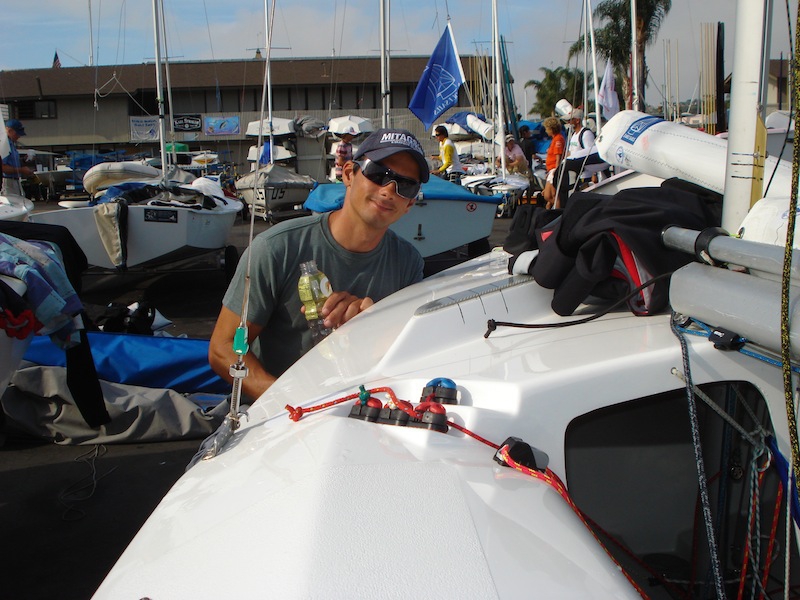
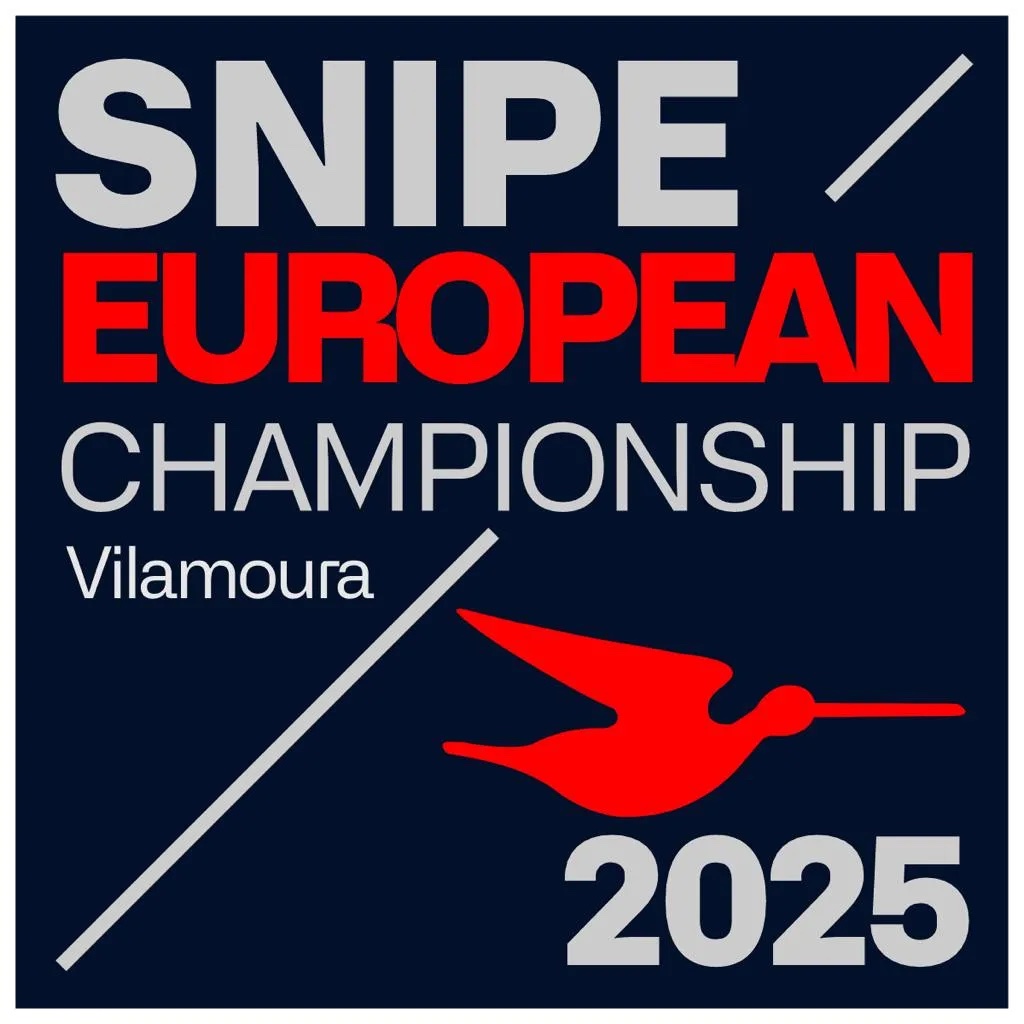
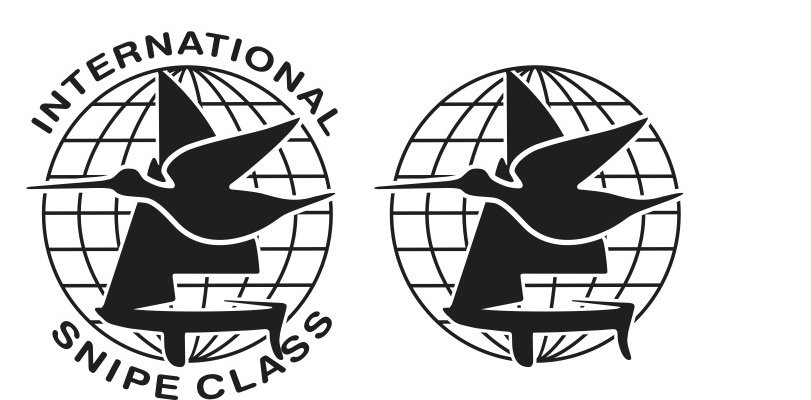
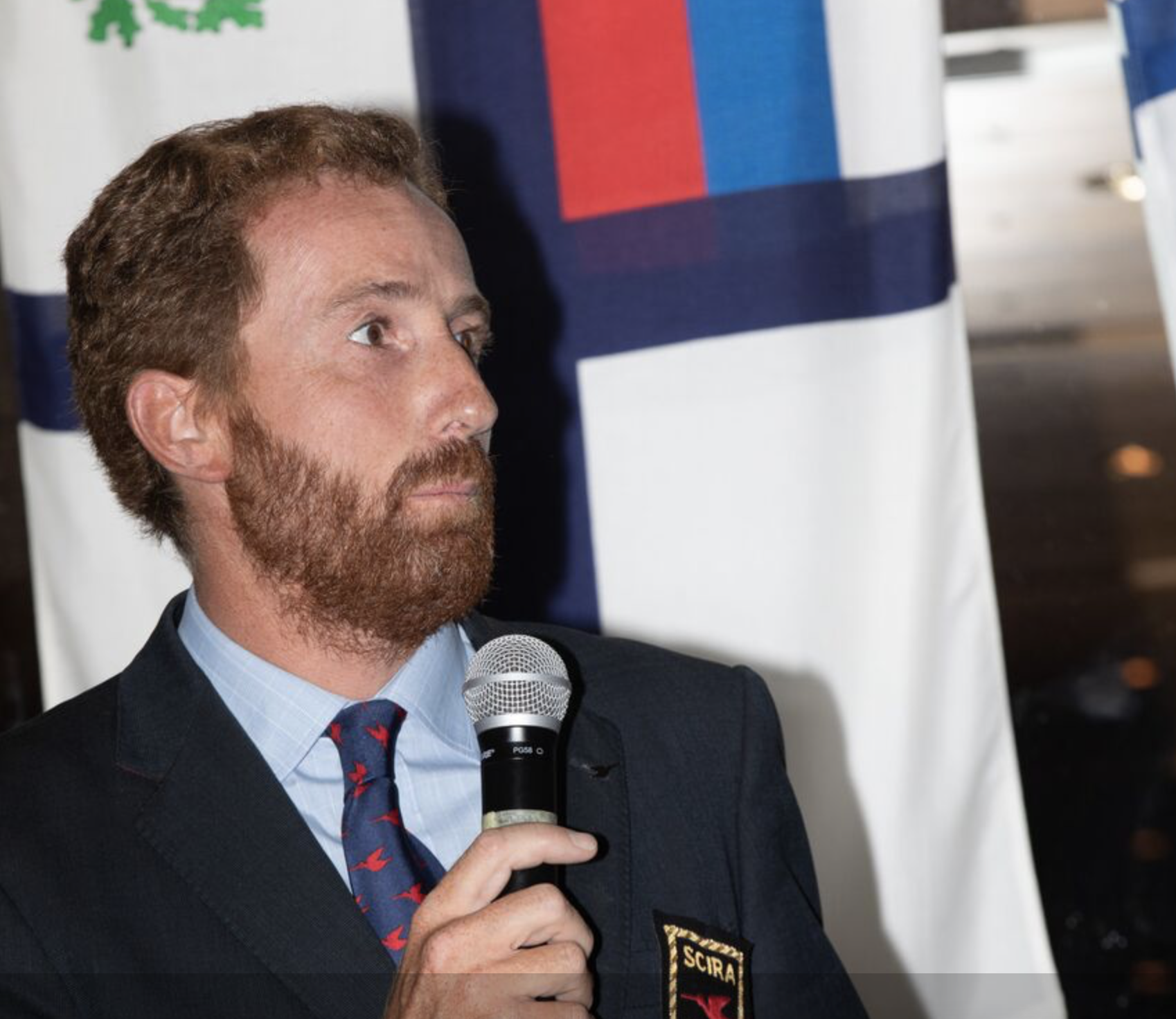
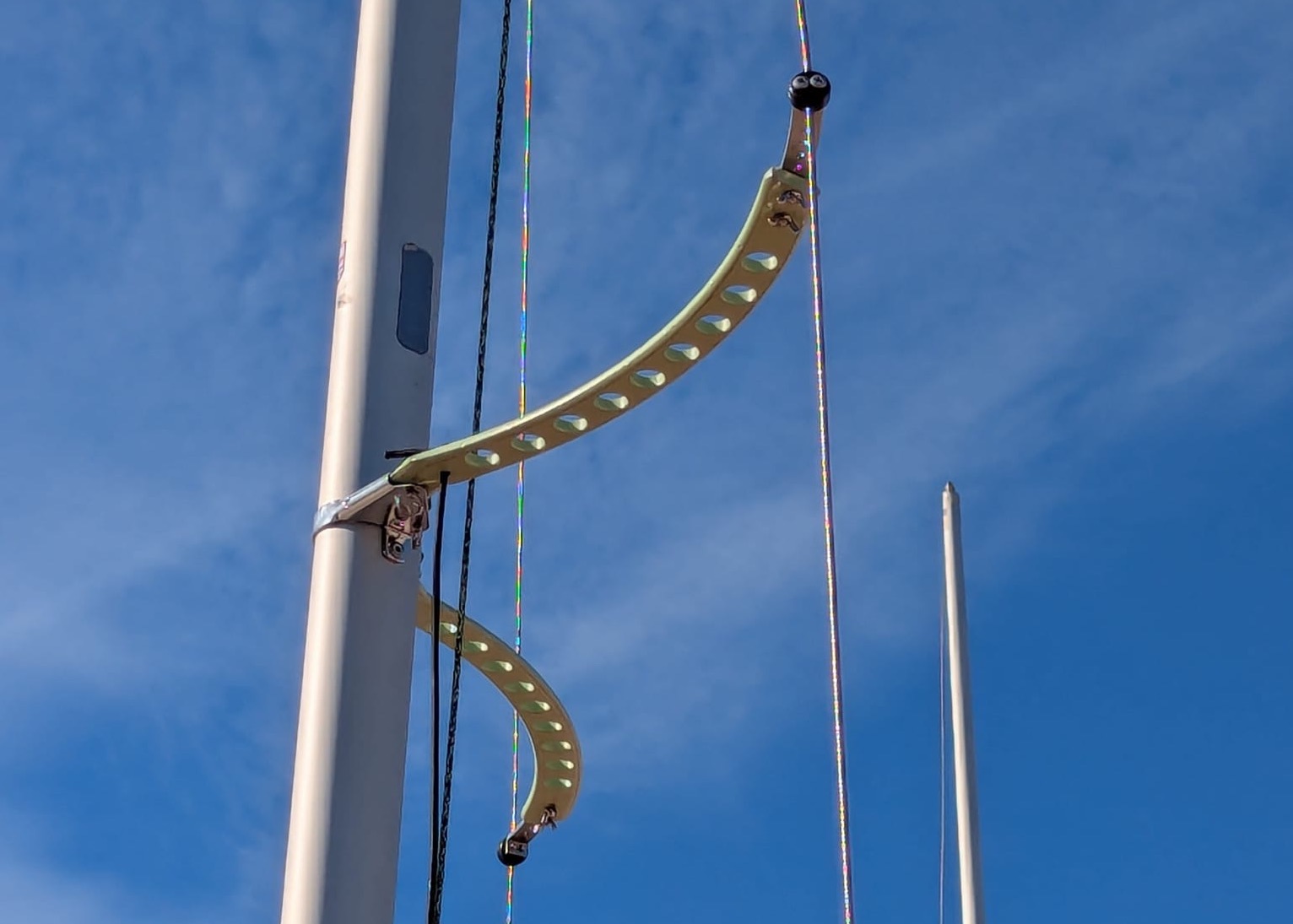
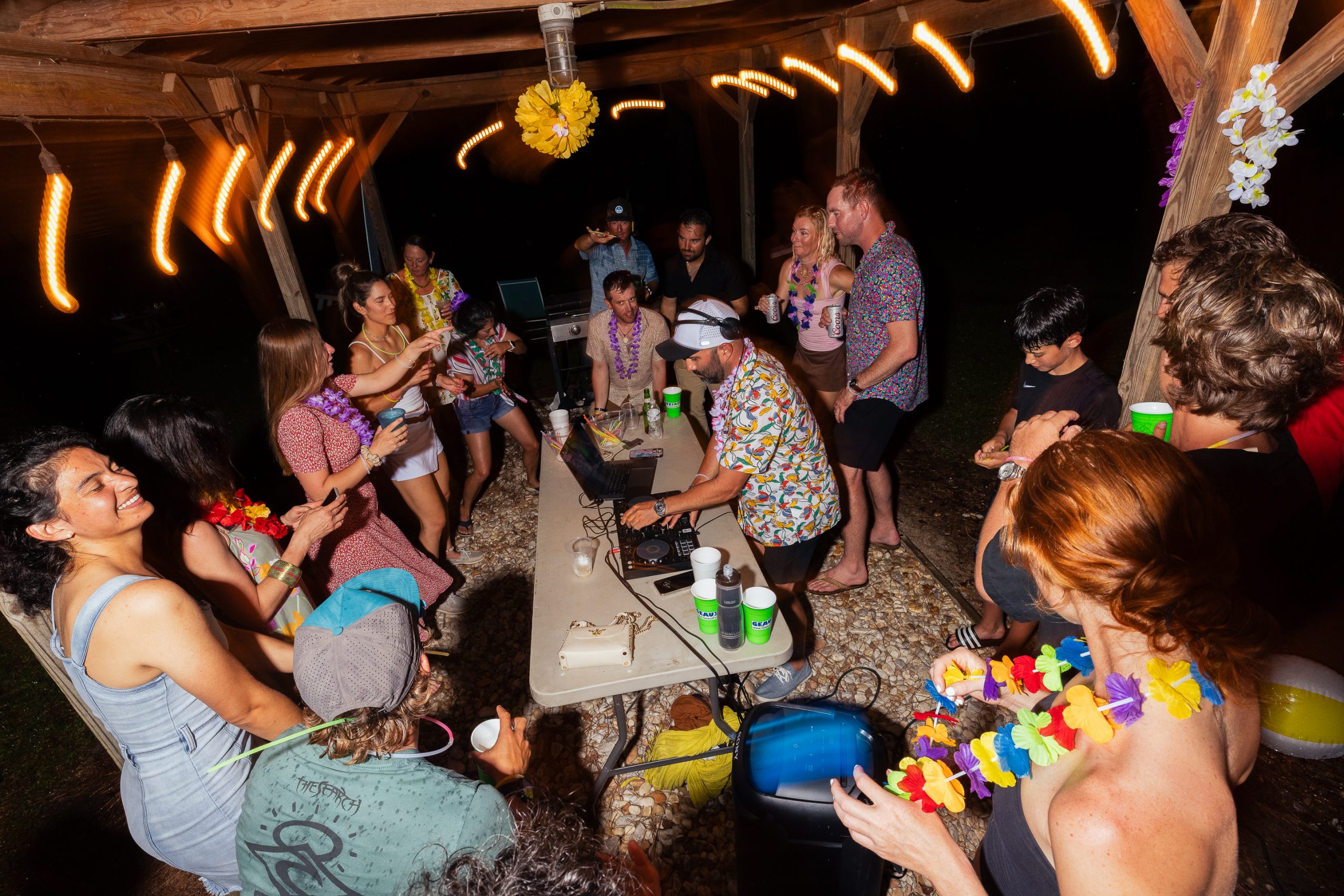

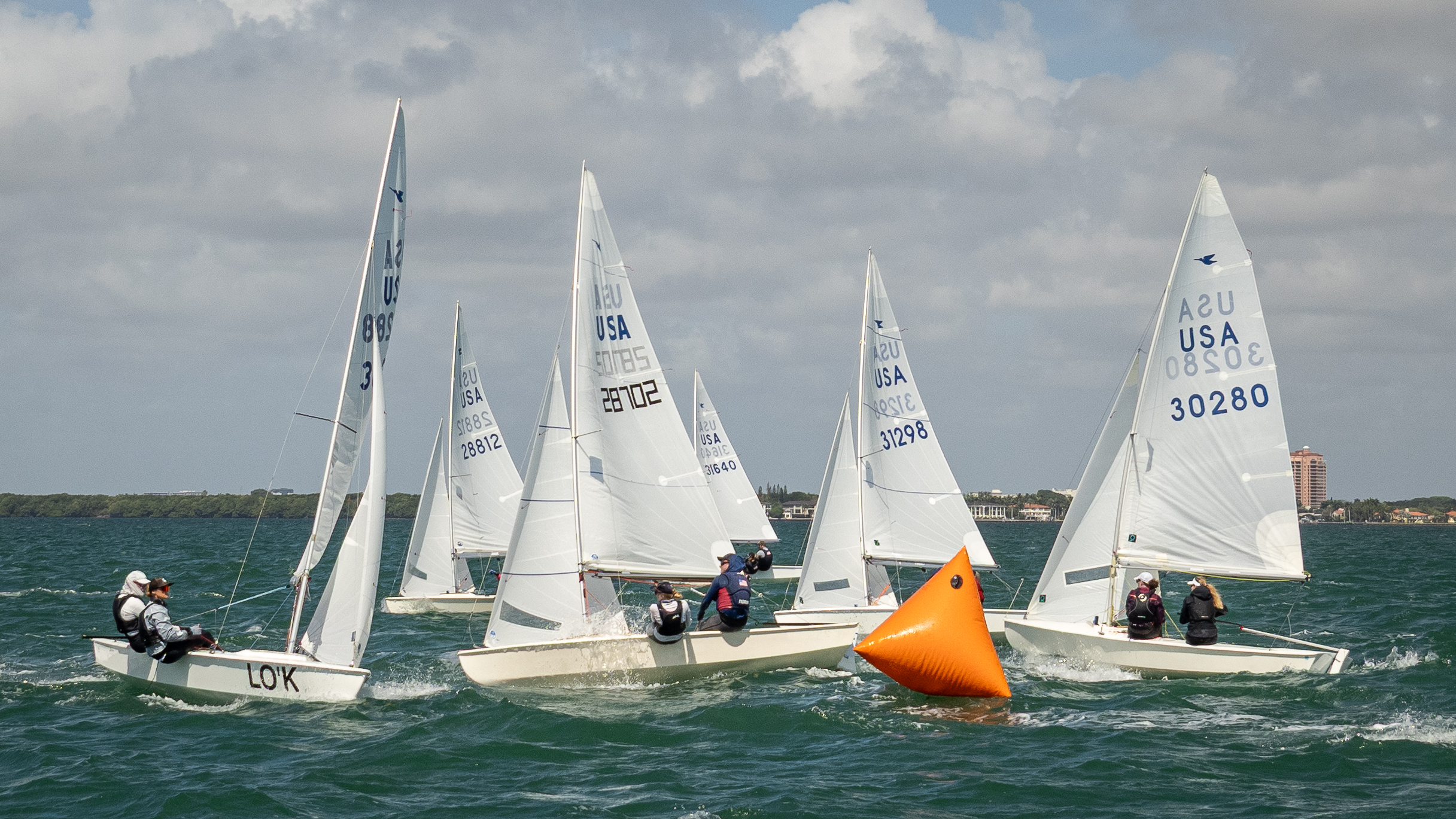
1 comment
bjorn sundby NOR 30187
an excellent article with many good ideas which could help all snipe fleets to improve !
Leave a reply
Your email address will not be published. Your comment will be revised by the site if needed.